I find that being met, or meeting someone, at the airport is always a special moment. The arrivals atriums are the best places to people-watch; to see reunions brimming with laughter and tears, bear-hugging and cheek-kissing. When I arrived at 5.30am in Penang International Airport in mid-November, hours after I was originally scheduled to land, I was met with no fanfare or fuss, but a silent gesture that meant a lot.
It had been a long 28 hours since I left my house in south-east London. My second flight at midnight from Kuala Lumpur to Penang had taken off, circled the island for 45 minutes, then turned back round to the Malaysian capital because a thunderstorm meant it was too dangerous to attempt landing. Four hours of being stranded in the deserted airport later, everyone trundled back onto the same flight, in the same seats, to try again – this time with success, arriving in the daybreak rather than the middle of the night.
My eldest uncle and aunty live ten minutes away from the airport, so close they can watch the planes land from their balcony. And while mine didn’t arrive at the expected time, they still made sure to be there waiting for me when I eventually did arrive. Sensing how tired I was and saying little, my aunty slipped her hand in mine and held it tight as we walked to their car.
“I hadn’t really realised how much of an absence these little symbols of unconditional love, the small things that family instinctively does to support each other, had in my life”
This trip back to Malaysia, my first since before the pandemic, was filled with these moments. I hadn’t really realised how much of an absence these little symbols of unconditional love, the small things that family instinctively does to support each other, had in my life until they scattered throughout the quick ten day trip this time around.
Three years is the longest I’ve gone without visiting my mother’s hometown in Penang. My first trip was when I was six months old, and growing up, we used to go back every year, either in the summer or at Christmas, to visit my big maternal family. My mum is the second eldest of seven siblings and moved to the UK in the early 1970s to become a nurse, and two of my aunties now live in Melbourne and L.A. Growing up, some of my favourite memories of us all together include my parents chaotically cooking a turkey on Christmas Day for the whole family, while my por-por (grandmother) laughed at their haphazard takeover of her sacred kitchen, making a mess with their unfamiliar dishes.
“The area offers spectacular views over the stunning mountainous landscape of Penang, stretching out over the strait of sea between the island and the Malaysian Peninsula”
Our main reason for coming back to Penang, as it has been for the last few trips, was for a family wedding – an ideal occasion for all the family to return home and reunite. Traditionally, the bride and groom have separate dinners with their own families the night before the wedding party, and my cousin Fen’s dinner was the same day I’d landed. We sat next to each other at the dinner table with the rest of our cousins (our family spreads across three tables of ten), catching up on three years worth of life, love, travels and gossip. As our eldest cousin, Fen has always assumed a responsible big sister role in our family, whether it’s planning group holidays to my grandfather’s ancestral village in Guangzhou, China, or helping out at my other cousins, Jacinth and Ah Hao’s, weddings. And from the traditional tea ceremony with our family members through to the evening dinner where she wore a beautiful blue ball gown, I loved seeing Fen enjoying, rather than worrying about or organising, her wedding day.
After the wedding, all of us stayed in Penang Hill for a night – with my uncle generously sponsoring our food and alcohol for the trip. The area offers spectacular views over the stunning mountainous landscape of Penang, stretching out over the strait of sea between the island and the Malaysian Peninsula. We stayed in a mansion, one of many built upon the hill during Malaysia’s colonial era, seen as a sign of wealth and status. As Raj, the accommodation’s owner, explained to us, the mansion was built by a Chinese tin mining tycoon in the late 1800s like others in the area – land higher up the hill was bought and built upon by British officers. Later, Raj told us, the mansion was occupied by the Japanese military in the Second World War. It had been a state of disrepair for several decades before he bought and renovated it only a few years ago.
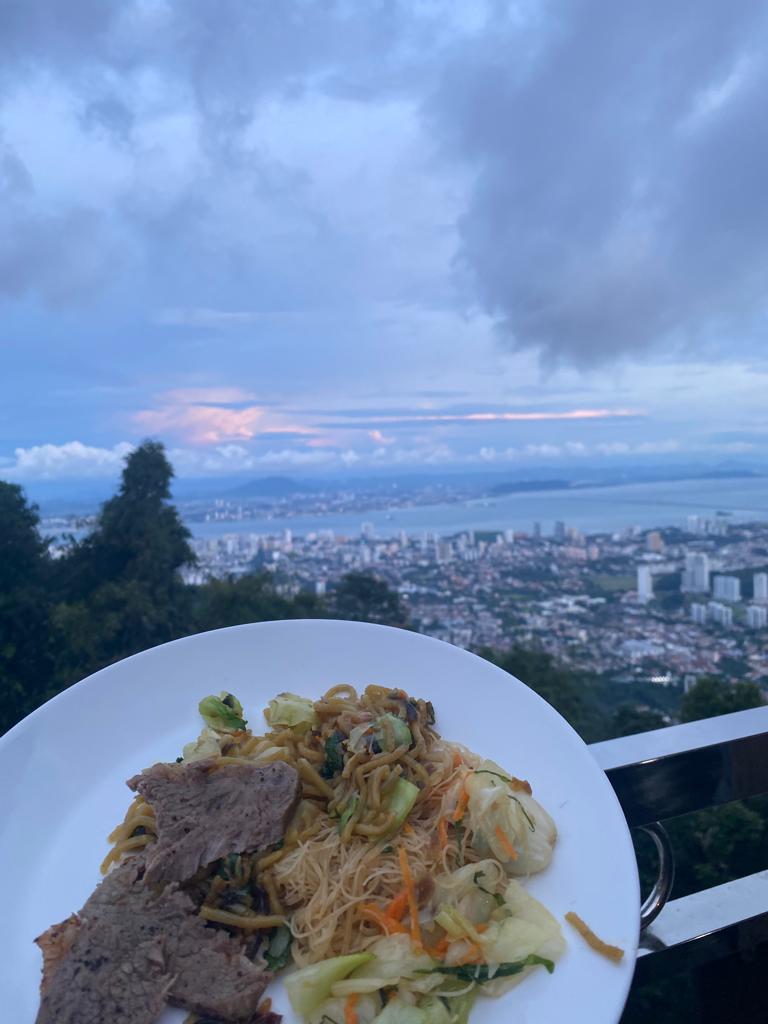
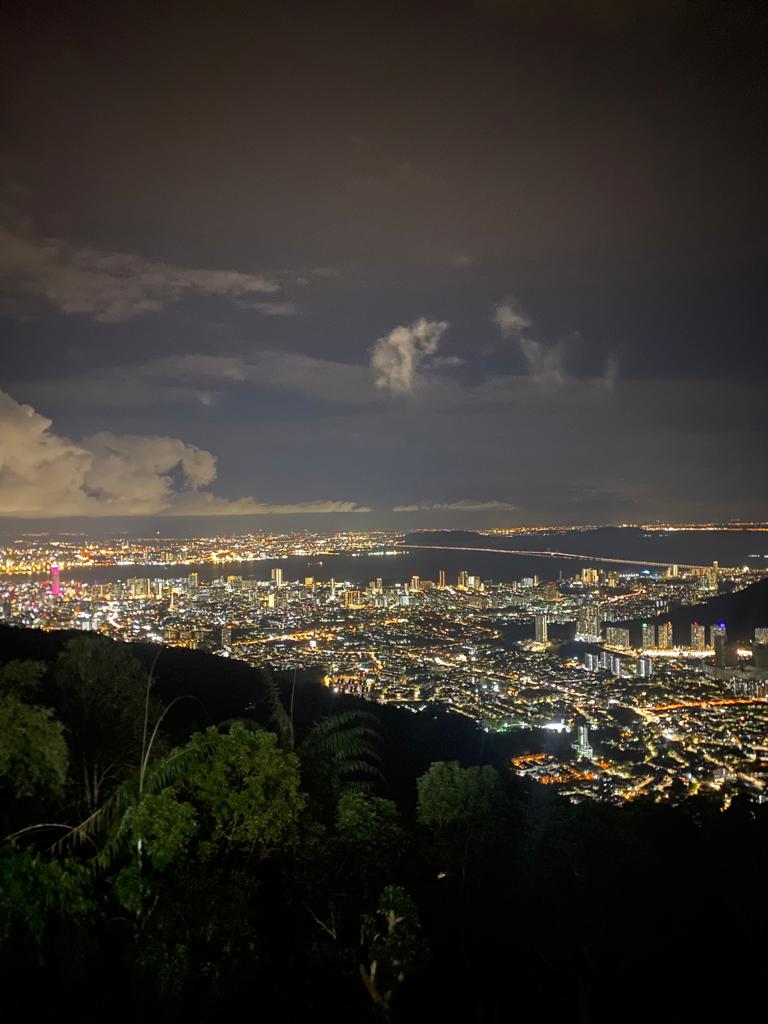
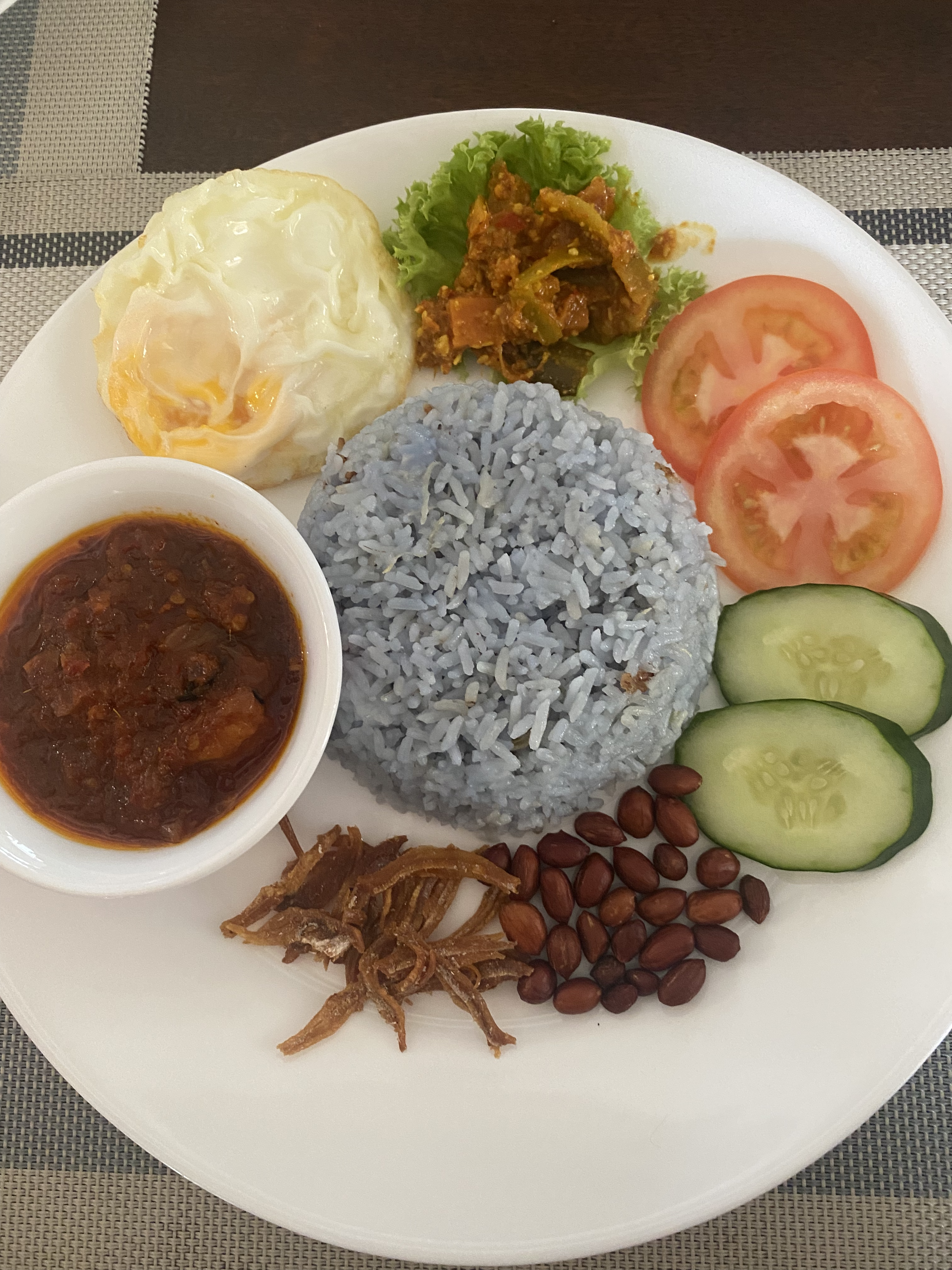
We spent the afternoon hiking up the hill, spotting bright orange birds of paradise and fuchsia hibiscuses, rewarding ourselves with tea and cake at the end. Back at the mansion, we had a barbecue dinner, eating as we watched the lights of George Town start to twinkle against the descent of the night’s darkness. Our evening was spent together playing games, my aunties trying to outsmart each other at mahjong, my uncles getting rowdy with their card games, and me, my mum and cousins trying to make sense of our Scrabble tiles (I conceded defeat on both rounds). To get three generations of Liews together, with work and school commitments and us living both across Malaysia and the world, is a truly rare treat.
Still jet lagged, I woke up at 6am to the sound of a thunderstorm, and found my mum doing tai chi on the balcony of the mansion. As the sun rose and skies brightened, we watched the mists drift from below us to above us, climbing their way up the hill. Later on in the week, I had that same sense of calm as I watched the sky grow pinker at dusk from my uncle’s balcony, thinking of my brother on what would have been his 42nd birthday.
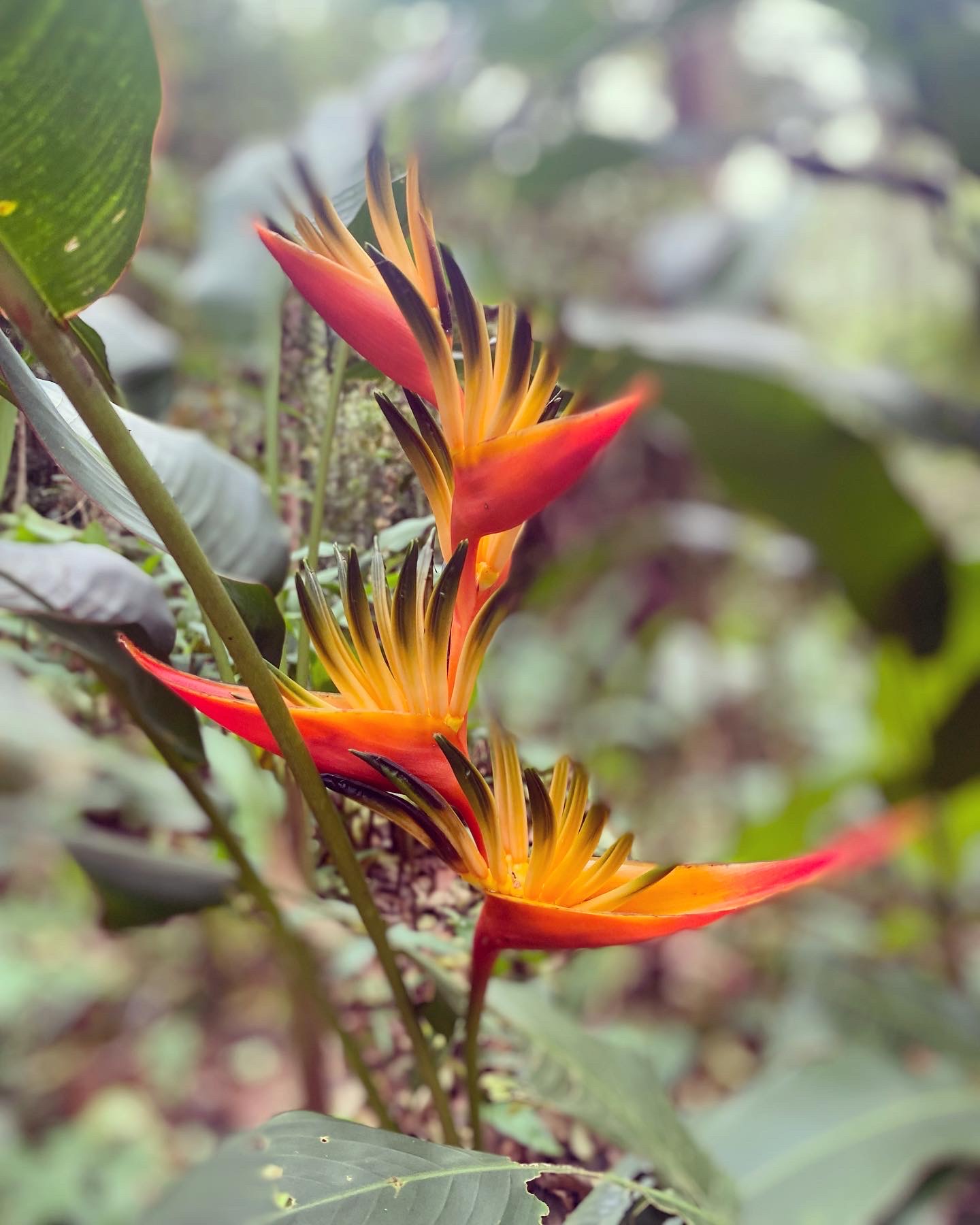
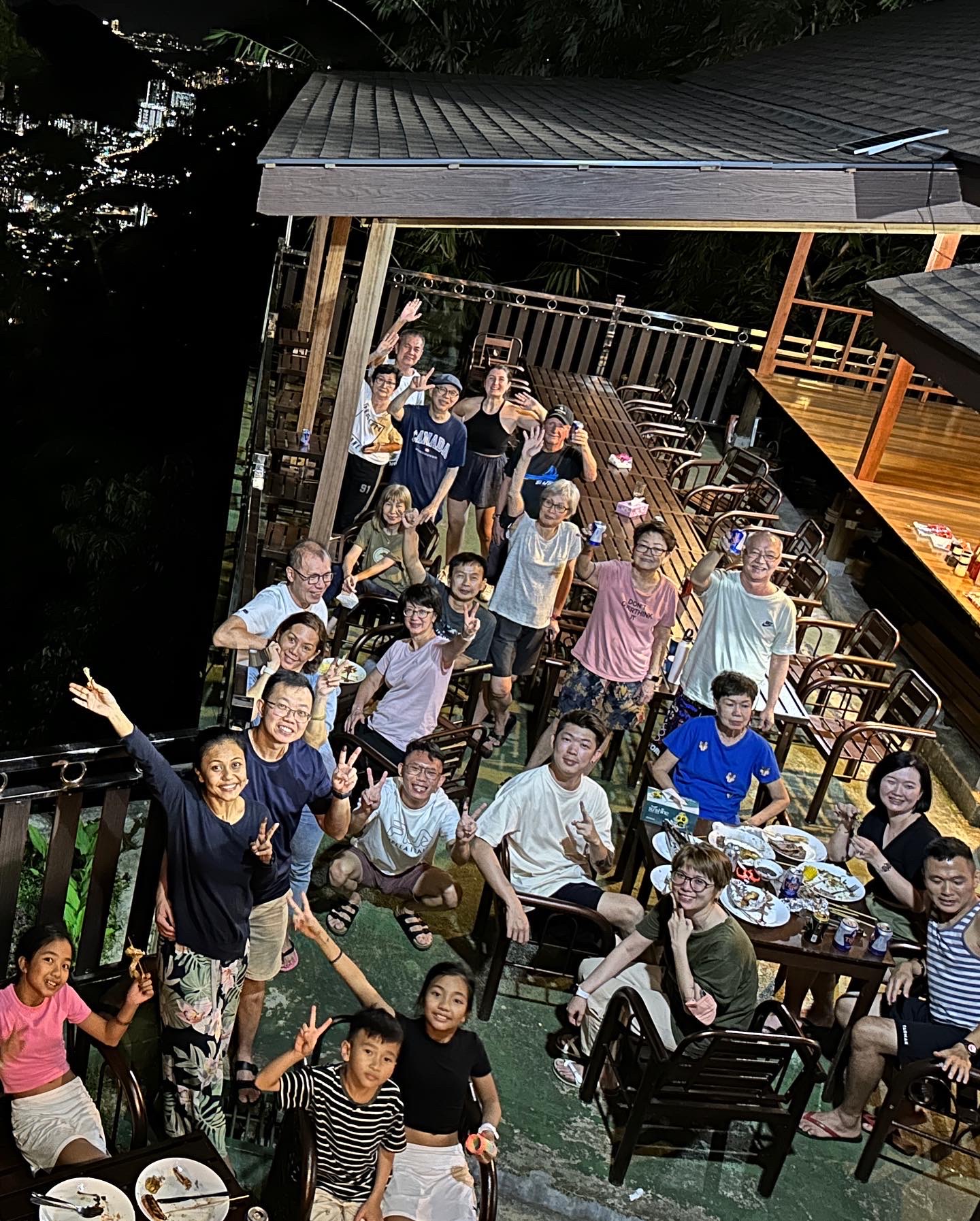

My trip ended as it had started, with a quiet moment between my aunt, uncle and I as we said goodbye at departures. “Don’t leave it so long before you come back next time,” my uncle said. “And be good, girl.” Even though I’m now 28, I know that him saying this to me is a marker of affection and care; a continuation of how my family has always called me (moi chai) and my mum (ah moi) by traditional Cantonese kinship phrases.
He’s right; I won’t leave it so long before I go back. Until then, as the Lunar New Year approaches and as we prepare the ingredients for our annual steamboat dinner, I know we’ll feel connected to our family, seeing their celebration meals eight time zones ahead of our own through our phone screens. Although it’s not the same as sharing platters with my cousins, my uncle ladling my bowl with steamboat broth, or my aunty insisting she debone my piece of fish, it will do until the next time we’re together again.
Highlights
- 28 of us stayed together in Hickory Penang Hill. It’s perfect if there’s a big group of you going together, and they also rent out single rooms if there’s availability. Be sure to check out the secret library as well, which is amazingly ordered by the Dewey Decimal System (!)
- From Hickory, we hiked up Bypath F, then turned left and walked along Upper Tunnel Road West. If you follow this road round, you’ll reach Kopi Hutan – a beautiful cafe nestled amongst the tree trunks. Make sure you order the ondeh-ondeh cake, a delicious Malaysian dessert made with pandan and coconut extracts.
- We only spent two days in George Town (which could be a separate Wanderthirst column in itself!), but it is the most popular and accessible place to visit and stay in Penang. With its traditional shop front architecture, bustling markets and the clan jetties, there’s so much to see and do here.
- There’s been a real revival of interest in George Town’s heritage in recent years, and staying in accommodation that preserves the area’s character is a great way to help respect its history. We stayed in Jawi Peranakan Mansion, which is one of a group of buildings that have been renovated as hotels while retaining their original glory.
- Recommendations of Penang food spots would occupy an entire book – and have done so! The island is famed for an array of signature dishes, including laksa, char kway teow, wantan mee, curry mee, loh bak and chendul. The best place to eat these isn’t in a formal sit-down restaurant, but at a food court where you’ll find hawker stalls that have been family-run for generations. We only had time to go to Chowrasta Market off Penang Road (one of my mum’s favourites), but there are other options at New World Park, Macalister Lane, Kuching Lane and more.
- For a casual, delicious and friendly, lunchtime eat in George Town, check out the Nyonya cuisine at Auntie Gaik Lean’s Old School Eatery (which was recently awarded a Michelin star). The food here reflects the heritage of the Peranakans, descendants of Chinese migrants who intermarried with the indigenous peoples of the countries across south east Asia. The dishes here are a perfect example of the blend of cultures, history and heritage that Penang is home to. Be sure to order the aubergine, the sambal kang kung, the fried chicken and the fish curry with okra!
- Head to Lebuh Pantai and the surrounding streets for a haven of independent coffee and lifestyle shops celebrating Malaysian artists and makers. China House is a group of three long narrow buildings serving coffee, cakes, and drinks in the evening, with a gallery and a shop retailing independent brands upstairs. If there’s a queue to get in here, head to Nook Books and Coffee just round the corner for a slightly more undiscovered gem, where you can buy and read their second-hand books. There’s also a lovely lifestyle shop on Lebuh Pantai, Sixth Sense, retailing carefully curated, Malaysian-designed clothing, cosmetics and homeware.
- Formerly a bus terminal, the Hin Bus Depot has been renovated into an airy and spacious exhibition and event space run by a creative collective passionate about supporting the local community and independent artists, business owners and creatives. Take a look at their current programme, or head over on the weekend for their regular markets showcasing local talent.
Useful information
- Penang has one international airport, and you can also reach the island via ferry, or by rail to Butterworth and then a bus over the bridge.
- The island doesn’t have a rail system, but it’s easy to get around via the well-connected bus network. The central bus station is called Komtar – easily visible as it’s the tallest building of the George Town skyline.
- There’s no Uber or Bolt in Malaysia, but like many of the countries in south east Asia, the main ride-hailing app is Grab – where you can also order a motorbike taxi too.
- To get up Penang Hill, you can either take the cable car or hire a 4×4 driver to take you up the rough (and steep!) terrain if you’re travelling in a big group or with a lot of luggage. You can organise these at the bottom of the hill. Be sure to pack a couple of layers as the temperatures are cooler due to the higher altitude, alongside your mosquito spray, especially if you’re planning to walk or hike (both said from experience!)
- I’ve mentioned thunderstorms and rain a couple of times in this piece – but do not let that put you off visiting! Malaysia’s climate is hot and humid, and bursts of rain are usually intense for a short period of time before stopping suddenly.
The contribution of our members is crucial. Their support enables us to be proudly independent, challenge the whitewashed media landscape and most importantly, platform the work of marginalised communities. To continue this mission, we need to grow gal-dem to 6,000 members – and we can only do this with your support.
As a member you will enjoy exclusive access to our gal-dem Discord channel and Culture Club, live chats with our editors, skill shares, discounts, events, newsletters and more! Support our community and become a member today from as little as £4.99 a month.

